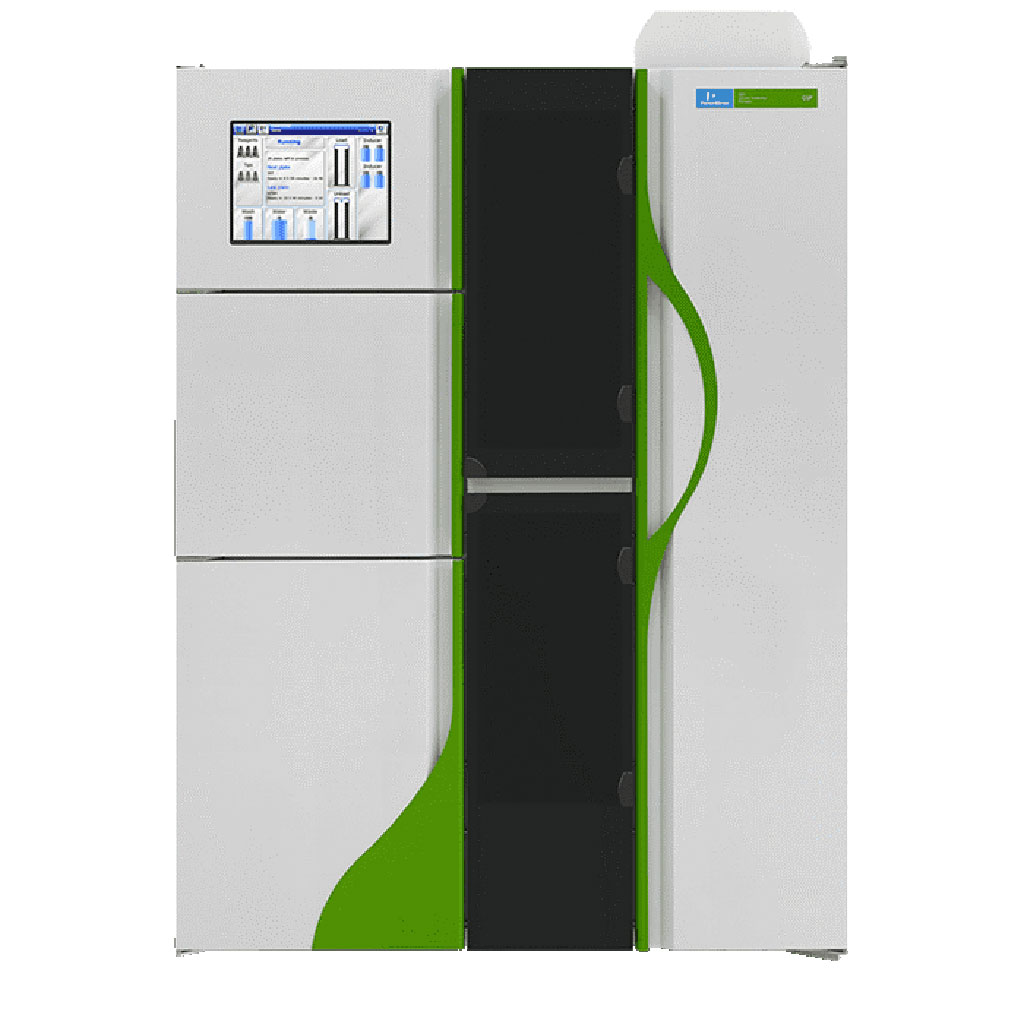Cord Blood and Filter Paper Screening Compared for Congenital Hypothyroidism
By LabMedica International staff writers
Posted on 15 Dec 2021
The most prevalent predisposing factor to intellectual disability is congenital hypothyroidism (CH), which is referred to the deficiency in thyroid hormone since birth. It could be either transient or persistent deficiency. Persistent deficiency of thyroid hormone requires life-long thyroid hormone replacement. This state is known as permanent congenital hypothyroidism.Posted on 15 Dec 2021
Almost all infants with congenital hypothyroidism are asymptomatic at birth and show no signs, and consequently, the diagnosis is delayed due to a lack of clinical findings in most cases in the newborn period. Eventually, this will prompt the most serious result of congenital hypothyroidism, intellectual disability. Cord-blood and heel-prick thyroid-stimulating hormone (TSH) levels are essential in diagnosing and preventing the serious complications of congenital hypothyroidism.

Image: The Genetic Screen Processor (GSP) is a high throughput batch analyzer intended for quantitative or qualitative measurement of neonatal screening samples on 96-well microplates (Photo courtesy of PerkinElmer)
Pediatricians at the King Abdulaziz Medical City (Jeddah, Saudi Arabia) and their colleagues conducted a comparative cross-sectional study that included 21,012 newborn screened babies for congenital hypothyroidism starting from September 2013 until March 2019. Both cord-blood and heel-prick TSH were collected from each newborn.
For cord blood, TSH was performed using i2000 Architect chemiluminescent immunoassay, (Abbott Diagnostics, Abbott Park, IL, USA). TSH measurement in heel-prick sample using dry blood spot filter paper was performed using a Genetic Screen Processor (PerkinElmer, Waltham, MA, USA). Heel prick and cord-blood TSH cutoff values of >21 μU/ml and >30 mIU/L respectively were considered positive.
The scientists reported that out of the total screened newborns, 12 were confirmed for having primary congenital hypothyroidism. Nine cases were positive for cord-blood TSH (Sensitivity 75%, specificity 99.9%, and a recall rate of 0.004%), while 139 cases were positive for heel-prick blood TSH (Sensitivity of 100%, specificity of 99.3%, and a recall rate of 0.60%). Male, full term babies with normal birth weight had higher TSH levels in both heel prick and cord blood in comparison with others. Cord-blood-positive CH cases were only term (100%) with normal birth weight (100%) and were predominantly females (70%).
The authors concluded that for the screening of CH, heel prick is considered a superior method, but cord blood remains a practical option due to its cost-effectiveness, immediate action, and lower recall rate. Therefore, whenever recall is difficult and/or early discharge is the practice, cord blood is an alternative method to heel prick, but not with cases of prematurity. The study was published on December 3, 3021 in the Journal of Clinical Laboratory Analysis.
Related Links:
King Abdulaziz Medical City
Abbott Diagnostics
PerkinElmer













